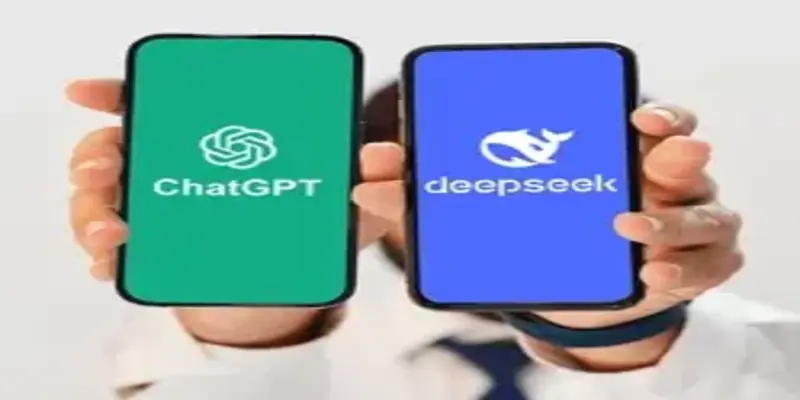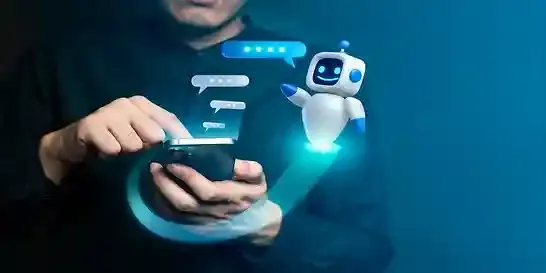Generative AI Helps Paralyzed Patients Communicate Their Thoughts
Generative AI-powered brain implant has made the speech decoding process faster, efficient, and natural via a digital avatar. What makes this brain-to-text model unique is its Brain-Computer Interface, which decodes brain signals and leverages the ChatGPT-styled language model to convey thoughts.

Generative AI is a game changer. In the last few years, its miraculous inventions have surprised the world. It has recently achieved recognition in health care by helping speech-sick people communicate what’s running into their minds. Now, paralyzed patients can speak out loud via on-screen digital avatars.
The Hi-Tech algorithm behind this experimental technology enables the patients to talk and express their feelings. The process involves a Brain-Computer Interphase to communicate the patient's thoughts and expressions via a digital avatar. A clear screen with the avatar is visible to the subject. We'll elaborate on this process through a case study on a patient.
From an AI-powered brain implant that restores movement in a paralyzed patient to a Generative AI-powered brain implant that helps a paralyzed woman speak out her words, let's dig out how AI is gradually making its mark in the healthcare sector!
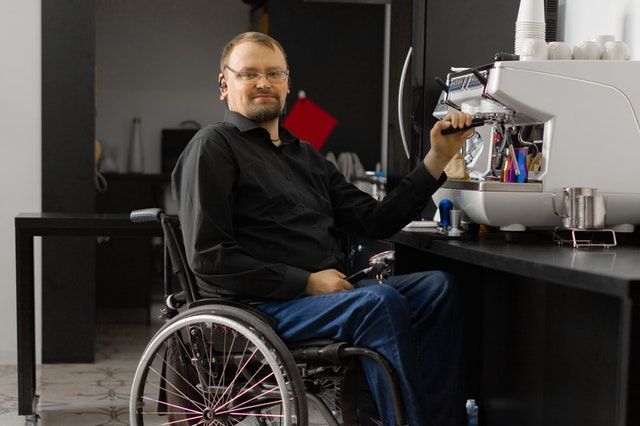
Keith Thomas Case: A Case Where AI-powered Brain Implant Helped to Restore Movement and Sensation
Keith Thomas, aged 45, had a diving accident in 2020, which caused him to develop Quadriplegia. It simply means the patient suffered a spinal cord injury. His C4 and C5 vertebrae were damaged, and he could not move his limbs for the rest of his life. Nothing is impossible in a world where fast-paced technology is revolutionizing every sector daily, and tech icons like Elon Musk are committed to bringing sci-fi concepts into reality. Finally, a 15-hour procedure named Double Neural Bypass made a miracle what we call Impossible made Possible for Keith last March.
First, the surgeons identified the brain regions responsible for limbic movement. The doctors then implanted AI chips into those regions. These artificial technological microchips act as a bridge between the brain, spinal cord, and the body. The AI algorithm delivers the message to the spinal cord for moving arms or legs, enabling paralyzed Thomas to experience his body movements.
What's More Amazing about this Brain’s AI Chip?
You would be surprised to know that Thomas claims to have regained his sense of touch after his double neural bypass. When Keith thinks to move his arm or leg, the microchip in the brain activates a set of electrode patches. Such electric devices transmit signals to the body to move. After removing the device on Keith's arm, he felt a sense of touch even without it.
Four months after receiving a brain implant, Thomas feels his arm strength has doubled. Researchers claim that several double neural bypass operations will help Thomas promote natural recovery with time as they observe neuron relinking.
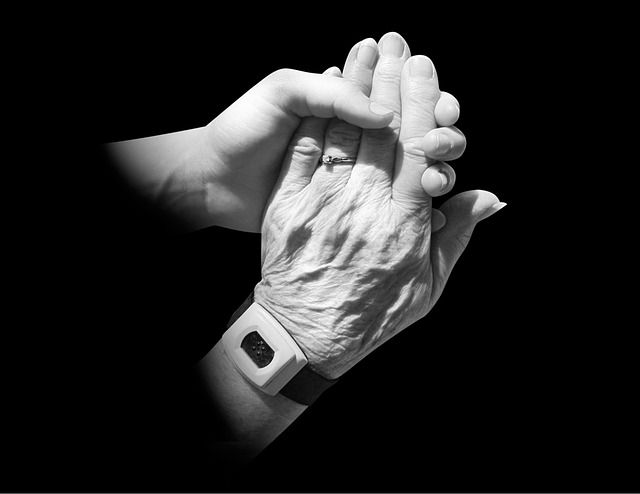
The AI advancements didn’t stop here. Recently, the most progressive type of AI, i.e., Generative AI, surprised the world with its Brain Implant, enabling a paralyzed patient named Ann Johnson to communicate her thoughts.
Let’s explore this latest and miraculous technology with the case study of Ann Johnson, the first ever human to experience the synthesis of speech and facial expressions by decoding brain signals.
Ann Johnson Case: A Case Where Generative AI-powered Brain Implant Helped to Speak through Digital Avatar
In 2005, Aan Johnson from Regina experienced a brain stem stroke and got paralyzed. Paralysis is simply an ailment in which the coordination system of the brain, spinal cord, and body gets disturbed. In a stroke, injury to the neurons responsible for transmitting movement or speech signals occurs. Ultimately, there are low or no neural transmitters to link the brain with the body and spinal cord, so the brain can't convey its messages to other parts responsible for movement or communication.
Being a patient of amyotrophic lateral sclerosis (ALS), Ann became unable to speak for the rest of her life. She couldn't communicate what was running into her mind for 18 years. Meanwhile, AI advancements continued to surprise the world every day in the healthcare sector, and finally, Generative AI did a medical miracle, enabling her to speak through a digital avatar. Last year, surgeons operated her for a brain implant with 253 electrodes to capture brain waves from thousands of neurons. They also installed a port connected to her cortex through a wire to a computer bank. This Brain Computer Interphase decodes the brain signals into words, which are then spoken by the digital avatar on the screen. Today, Ann can successfully communicate her thoughts via an on-screen digital avatar. Anyone who has had a stroke or is suffering from ALS can benefit from this Hi-Tech.
How Generative AI Helps to Communicate Thoughts of Paralyzed Patients?
This latest technology involves using Generative AI-powered microchips in the brain. These sensory microchips are the generative AI devices that work as a Brain-computer Interface (BCI). This advanced technology relinks the brain, body, and spinal cord. The generative AI-powered brain is implanted near Broca's area in the frontal lobe, responsible for speech signals. So, this processing unit, trained on a persistent neural network, detects those signals, identifies the hidden thoughts against each signal, and converts those thoughts into words. Generally, when we speak, we assemble 39 different phonemes (the units of sound) into words to communicate our thoughts.
Similarly, this Generative AI-powered brain implant maps the brain waves of a paralyzed patient into 39 phonemes. The on-screen digital avatar then communicates those translated words through BCI. The avatar’s voice is customized to reflect the natural voice of the patient before injury.
How is This Generative AI-Powered Model Trained?
Training a generative AI thought-to-speech model is quite simple. It works on repeated phrases. The paralyzed person is asked to repeat the phrase they want to communicate in their mind. This phrasal repetition generates repeated brain waves, which ultimately help the microchip sensors decode the meaning of each signal. A ChatGPT-type language model translates the brain signals into proper sentences on the computer. The digital avatar then speaks out those sentences in the personalized voice of the patient. This generative AI brain implant also identifies the feelings of paralyzed patients displayed on their digital avatars as their facial expressions when they communicate the patients’ thoughts.
This generative AI-powered brain implant is doing wonders on Ann Johnson. Hope for the time when Ann could start speaking without any AI device. The neurons might end up relinking with time, just like in Keith Thomas's case.
How Fast and Accurate is Generative AI-powered Brain-to-Text Model?
While training AI algorithms to identify Johnsons' brain waves, she was asked to repeat phrases in her mind from a 1024-word vocabulary until the computer identified her brain activity pattern. This speech synthesis model could decode brain-to-text at 80 words per minute. The normal speed is approximately 150-200 words/minute. The device error rate is roughly 25%.
How Generative AI Brain Implant Model is Different from the Previous Technologies
There were many AI advancements in the past to read the thoughts of paralyzed patients and to help them move their body parts, but such machines could have been more efficient. In addition to the lack of proficiency, the systems involved could have been faster. Do you remember Stephan Hawking, a well-renowned scientist? He also suffered from the crippling disease of ALS, Lou Gehrig's disease in the U.S., for 55 years. This scientist also relied on such artificial robotics from Intel to convey his thoughts. The core algorithms in previous endeavors could have been faster. The underlying cause behind this speed was their reliance on word or alphabet signals. Yes, those technologies didn't rely on generative AI-powered speech technology. The digital avatar speaking out loudly with expressions on the patient's behalf makes this latest thought-to-speech model more humane.
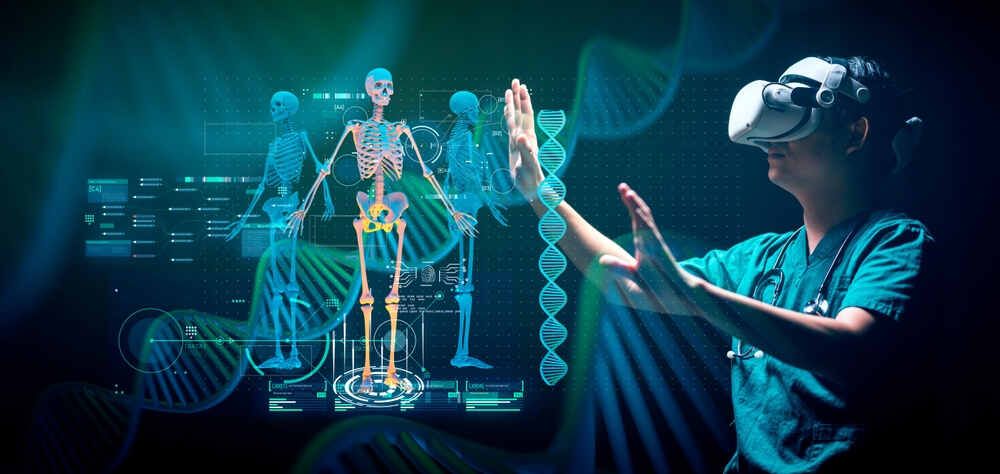
Final Thoughts
The Generative AI that helps paralyzed patients communicate their thoughts via digital avatars is here. It has revolutionized the mindset of the dependency of paralyzed patients to perform routine tasks. Even though this artificial robotic advancement is new, it is far from what's next to come.
The future can be even more ripe. Yes, this is not the end. Generative AI, a cutting-edge technology, is on its mission to enable paralyzed patients to live independent lives to their fullest. With the way AI is transforming the healthcare sector, the time is close when paralyzed patients might not need a connected wire and some digital avatar to communicate their thoughts.

